
by Frances Parkinson Keyes.
At the time the decision had been made to transfer St Anne's holy remains to a safer part of France - to the town of Apt. St Anne's body was still encased in a simple coffer made from cedar which had come from Palestine. It was decided that the coffer needed to be made more substantial by enclosing it in another casket with lock and key.
The town of Apt
 The dome of the Cathedral of Apt
The dome of the Cathedral of Apt In time this too, was not considered safe enough. So the decision was made to conceal the coffers altogether - a hiding place only known by a few. In a place that was was very unlikely to discovered, within the cathedral in Apt. Quoting from St Anne, Grandmother of Our Saviour:
 Subterranean crypt of St Anne's Cathedral in Apt, as it is today.
Subterranean crypt of St Anne's Cathedral in Apt, as it is today. "St Anne's body was then placed in an opening in the wall excavated from a subterranean gallery known as the Antrum Antiquum, which had originally been a branch of the catacombs. It was reached by a short flight of steps and hedged in by the cathedral ramparts. This wall opening, which would now become an ossuary, would be sealed in and not marked in any way; but on that part of the passage ceiling which was directly beside it a design would be carved, intelligible only to the initiate.
 Ceiling of the interior crypt, Cathedral of St Anne, Apt. (Symbolic sculpture by means of which the tomb of St Anne was discovered.)
Ceiling of the interior crypt, Cathedral of St Anne, Apt. (Symbolic sculpture by means of which the tomb of St Anne was discovered.) This design is still visible, in exacly the same form wherein it was graven so many centuries ago. It consists of the flowering branch of a tree, interlaced with a vine bearing both foliage and grapes. To look at it is an experience so moving that, months after gazing at it, this chronicler finds it impossible even to write of it without profound emotion. For it reveals, unmistakably, that when the stone slab was carved, even as now, men and women were reverently reciting the litany which begins:
"St Anne, Grandmother of our Saviour, pray for us." And continues: "St Ane, Root of Jesse, St Anne, Fruitful Vine....pray for us."
Personally, we require no further confirmation of our belief that this became St Anne's last resting place. But to the doubting Thomas-or Thomasne, as the case may be - has only to look at the slab beside the one which shows the root of Jesse and the fruitful vine. On this second slab appears these words: Antulfus, Alif, Anselmus, Albionus, Berardus, sac. vel cl.
Emile Rey interprets the Latin abbreviation as meaning. Sacerdotes vel clavicularii - priests and guardians - giving as his reason for doing so, that this interpretation seems "the one that is most natural and that most closely conforms to history." On the other hand, the learned antiquarian, Joseph-Marie de Suarez, Bishop of Vaison, in the 17th Century, believed them to be abbreviations for Sancti Veli Clavicularii - Guardians of the Holy Veil - namely those in charge of the relics, which were wrapped in a winding sheet, or holy veil.
Either interpretation seems admissible, in view of later records. But this author agrees with Emile Rey that the former is more natural and, therefore, has used it in continuing her story. For she also agrees with him that "this is the official seal of the relics of St Anne."

Interior of St Anne's Cathedral in Apt.
Next week:
Charlemagne discovers St Anne's relics miraclously, through the help of a deaf & dumb boy.

 Subterranean crypt of St Anne's Cathedral in Apt, as it is today.
Subterranean crypt of St Anne's Cathedral in Apt, as it is today.  Ceiling of the interior crypt, Cathedral of St Anne, Apt. (Symbolic sculpture by means of which the tomb of St Anne was discovered.)
Ceiling of the interior crypt, Cathedral of St Anne, Apt. (Symbolic sculpture by means of which the tomb of St Anne was discovered.) 





























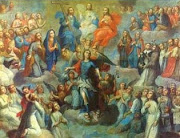





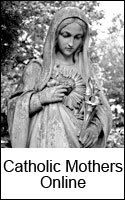













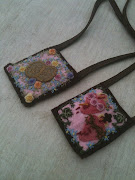












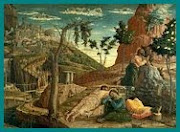




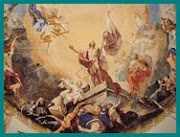



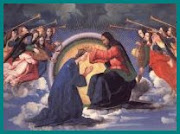











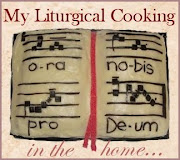



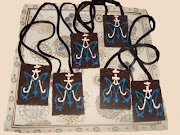
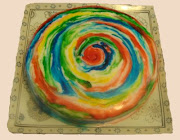


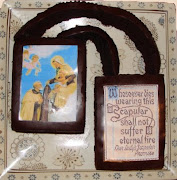

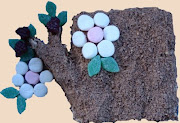


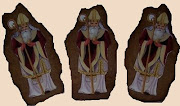







No comments:
Post a Comment